What Exactly do I have - Dolomite, Limestone or Dolostone?
by MichaelG
The other night, I was discussing Eddie Murphy with a friend. Murphy, whose career has been up and down over the past 10 years had a bit of a comeback in 2019 with the film Dolemite is My Name. This is a comedic-bio-pic Netflix file is about blaxploitation film-maker Rudy Ray Moore. Nothing about the movie, except part of the name, Dolemite (which actually refers to a film that Rudy Ray Moore, played by Murphy, made in the 1970s of the same name) has anything to do with geology. But once I started thinking about dolomite, I went down the rabbit hole.
I thought I knew what dolomite. After all, I have some of it in my collection. It’s that creamy mineral you find in Indiana right? It turns out the history of the name and it applies to is a bit torturous and complicated. The name dolomite begins in the 18th century. A french geologist named Dieudonné Sylvain Guy Tancrède de Gratet de Dolomieu usually known as Déodat de Dolomieu, discovered in the old city of Rome, and later during a visit to the Alps of northeastern Italy, a calcareous rock which, did not effervesce when exposed to weak hydrochloric acid. This was unlike limestone. Dolomieu published this discovery in the journal Journal de Physique in March of 1792. The calcareous mineral he described was eventually named after him, as dolomite. In addition, a mountain range in northeastern Italy, part of the southern limestone alps, was named The Dolomites, also after Dolomieu.
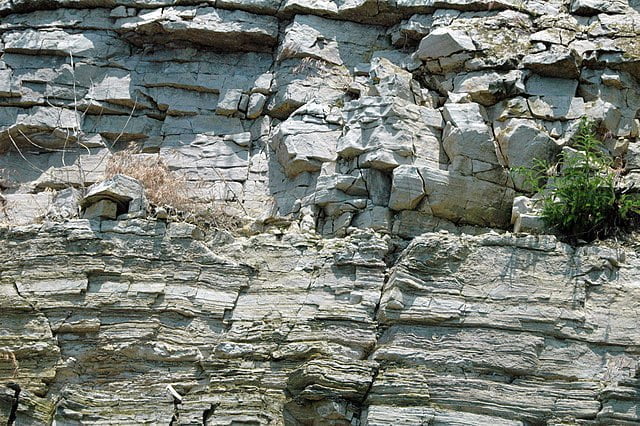
Ohio Dolostone
Photo By James St. John – Put-in-Bay Dolomite over Tymochtee Dolomite (Upper Silurian; South Bass Island, Lake Erie, Ohio, USA) 6, CC BY 2.0, https://commons.wikimedia.org/w/index.php?curid=82969360
But what exactly was it that Dolomieu discovered? Limestone had been used as a building material for thousands of years. The ancient Egyptians used limestone to build the pyramids of Giza and the Great Sphinx. The Maya of ancient Mexico used it for carving. The ancient Athenians used it to build the Parthenon on the Acropolis in Athens during its golden age. The Romans used it to build the Colosseum in Rome. Jerusalem stone (limestone) was used to build ancient Jerusalem from mines located near the neighborhood of Yemin Moshe. But this new mineral, despite some similarities clearly wasn’t limestone. The stronger resistance to HCL proved that.
Both limestone and the new mineral, it turns out, were typically sedimentary carbonate minerals. Limestone is typically composed of calcite and aragonite, both forms of crystallized CaCO3. The new mineral turned out to be an anhydrous form of CaMg(CO3)2, and it turns out that the magnesium makes all the difference. For a long time the new mineral, named dolomite in Dolomieu’s honor, was applied to both the crystal and rock formations of the mineral. Confusion about the term Dolomite, which now referred to three distinct things, persisted until 1948 when geologists changed the name of the rock formation of calcium magnesium carbonate to dolostone. Dolomite from that point on only refers to the mineral and not the rock formation. The “Dolomites” is used to refer to the mountain range.
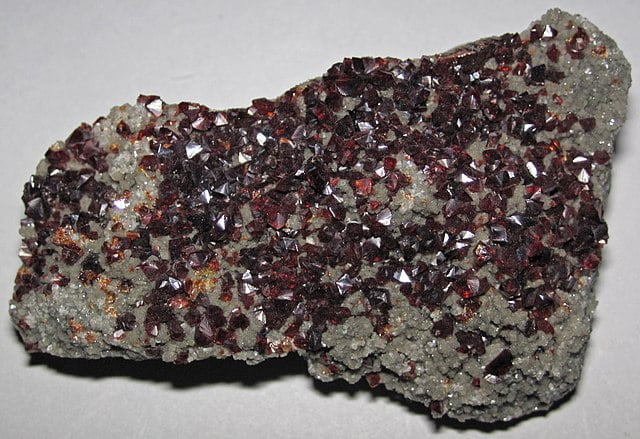
Sphalerite crystals atop sucrosic dolostone from Sandusky County, Ohio
Photo by James St. John – https://www.flickr.com/photos/jsjgeology/31282767801/, CC BY 2.0, https://commons.wikimedia.org/w/index.php?curid=101721070
Even though the mineral was discovered in Europe, it is found across the world include Spain, China, Brazil, and Ohio among other places. Spain used to be the source of the finest dolomite crystals, but now Brazil and China also produce world class specimens. Dolomite also appears as a bed on which showier crystals display – see the spakling example below of Dioptase from Tsumeb mine, Namibia, formerly of my collection.

Beautiful example of dioptase with calcite crystals on dolomite from the Tsumeb mine, Otjikoto region, Namibia. This piece was in our inventory previously and is now sold.
Click here to check out our selection of Dolomite for sale.
Main photo by Rob Lavinsky, iRocks.com – CC-BY-SA-3.0, CC BY-SA 3.0, https://commons.wikimedia.org/w/index.php?curid=10148460
You may also interested in:
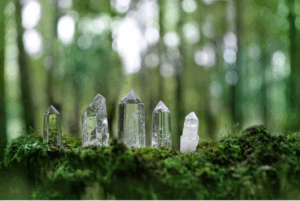
Spiritual and Healing Crystals of Greater Cincinnati: Their Metaphysical Powers and Native American Legacy
The minerals and crystals of the Cincinnati region are not only geological wonders—they are revered for their spiritual, healing, and metaphysical properties, deeply connected to regional traditions, Native American practices,
Crystals and Minerals for Healing: A Guide to Sacred Stones Across Spiritual Traditions
The use of crystals and minerals for healing, spiritual growth, and energy work spans countless cultures and millennia. From the ancient wisdom of Native American traditions to the chakra systems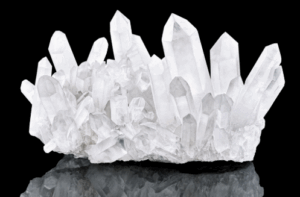
Cincinnati Quartz
The Many Faces of Quartz in Greater Cincinnati: Variations, Inclusions, and Spiritual Significance Quartz is one of the world’s most abundant and beloved minerals, and in the greater Cincinnati area—including
Cincinnati Crystals, Minerals and Fossils are Local Treasures
Crystals, Minerals, and Fossils of Greater Cincinnati: A Comprehensive Guide to Earth’s Ancient Treasures The greater Cincinnati region stands as one of North America’s premier destinations for rockhounding, fossil collecting,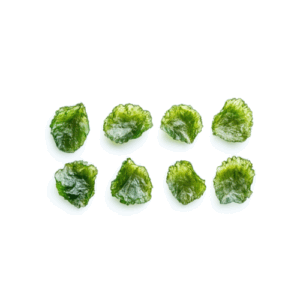
Guide To Collecting Moldavite
Introduction: Understanding Nature’s Extraterrestrial Gift If you’ve ever held a piece of moldavite in your hand, you’ll likely remember the first impression—an almost electric charge and a sense of something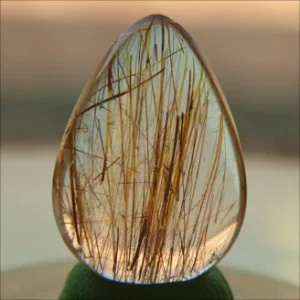
An Introduction to Quartz
Quartz: The Diverse Mineral and Its Multifaceted Significance Quartz, the second most abundant mineral in Earth’s continental crust, stands as a cornerstone in human history and development. Composed of silicon
Taylor Swift Cincinnati Concert Weekend Sale
Photo By Cosmopolitan UK, CC BY 3.0, https://commons.wikimedia.org/w/index.php?curid=84773232 This weekend international pop star Taylor Swift is playing two concert dates in Cincinnati. As with anyplace Taylor plays, this is a
Fluorite
Fluorite - the most colorful mineral in the world! And it fluoresces under UV light, too!
What Kind Of Minerals and Crystals Can Be Found In Ohio?
Calcite and celestite crystals from Ohio If you live in Ohio and want to get rich finding Emeralds then forget it. Your best bet for that is to move to